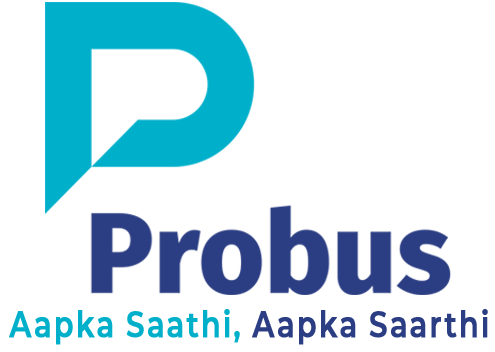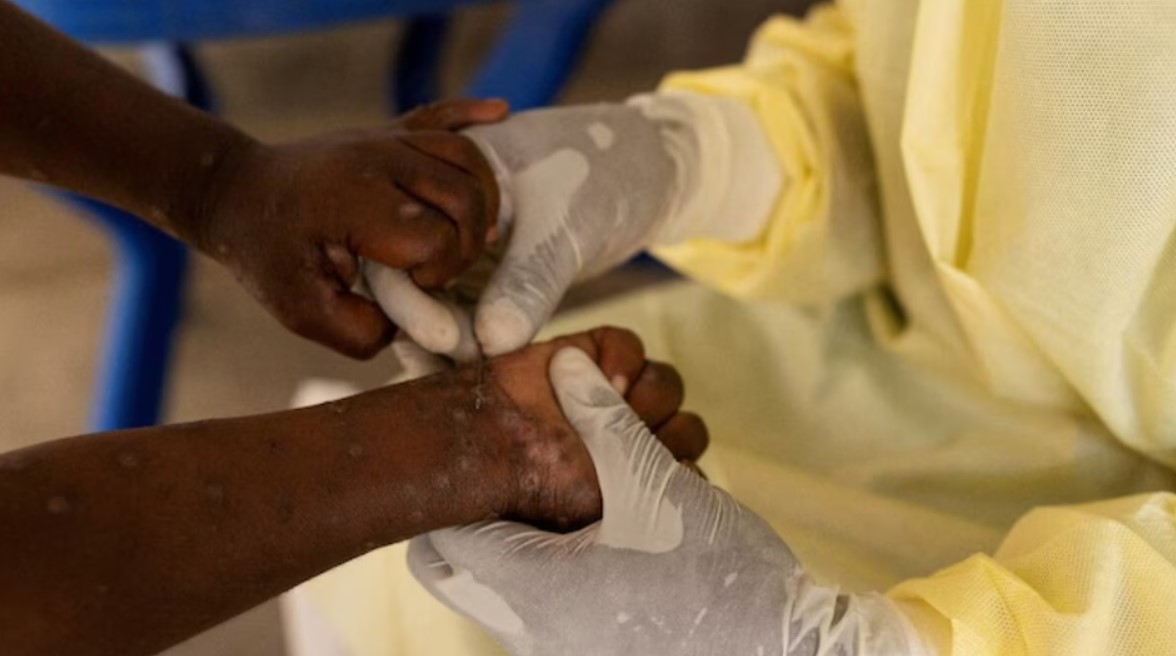The health insurance industry has grown in the last few years as more and more people are learning about the rising healthcare costs, disease awareness leading them to buy health insurance policies for themselves and their family members. These factors encourage individuals to purchase more health insurance, and the health insurance market is experiencing significant transformations.
“In the last few years, we have seen large traction towards government programs like Ayushman Bharat, which has helped the health insurance to improve its penetration across the country. But there are other types of health insurance plans in the country, such as health maintenance organization (HMO), preferred provider organization (PPO), exclusive provider organization (EPO), and point of service (POS),” says Rakesh Goyal, Director – Probus.
As India continues to grow at a rapid pace, our health insurance market will also rise because more and more individuals want better health coverage. The article will briefly discuss the plans mentioned above and how they function.
Health Maintenance Organization (HMO)
Under this plan, the policyholder gets comprehensive medical coverage from the insurers. In India, the availability of these HMOs is not as widespread as it is in the US. However, a limited number of insurance companies and third-party administrators (TPAs) offer these services. In very layman terms, such plans include doctors’ visits, hospital stays, emergency care, surgeries, preventive care, check-ups, lab tests, among others. These are the same benefits that policyholders typically receive from standard comprehensive plans in our country. These plans require policyholders to utilise a range of medical facilities and services within the network, and generally, they do not receive reimbursement for non-emergency services rendered outside the network hospitals.








